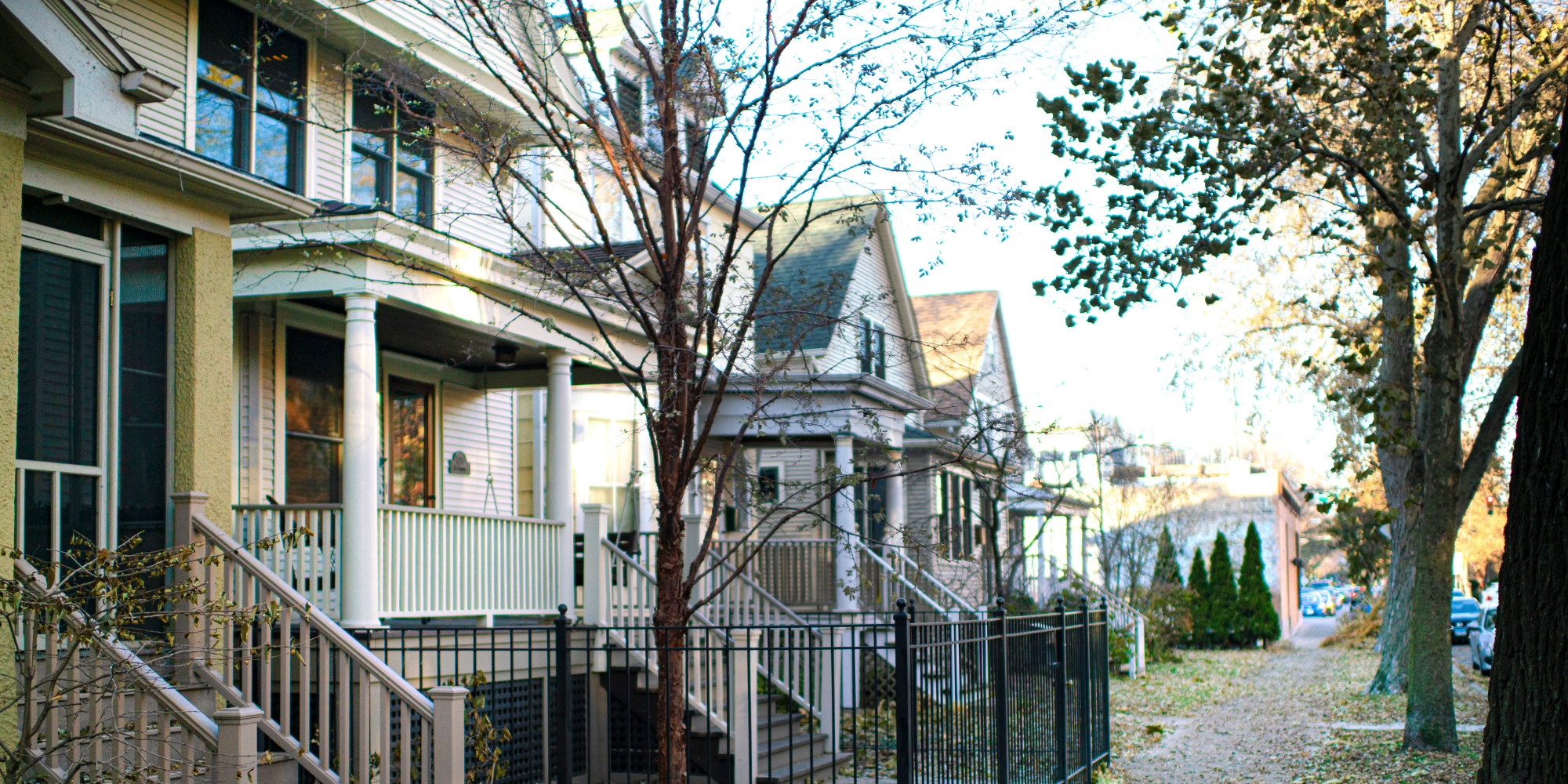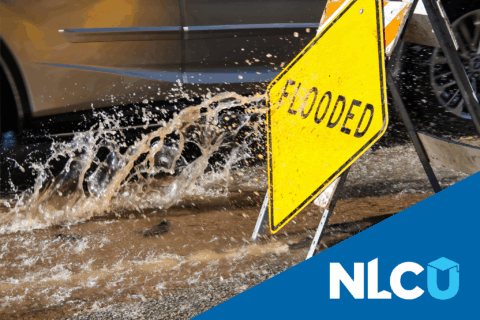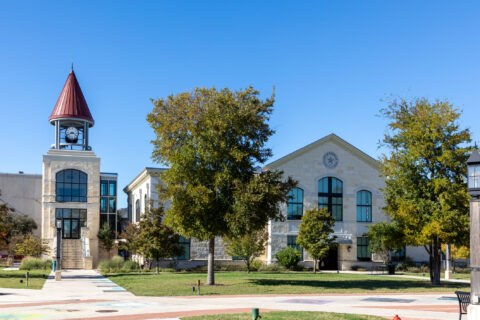Chicago Needs Federal Support to Replace Lead Pipes.

A recent Chicago Tribune analysis found that lead in tap water is a danger throughout the state of Illinois. According to city statistics, Chicago’s legacy lead service lines affect nearly 400,000 primarily single-family and two-flat residents. But there is a disparity in the homes affected by this looming crisis: marginalized neighborhoods in the city are far more likely to be affected by lead service lines.
The Chicago Metropolitan Planning Council, a nonprofit group promoting equitable and sustainable growth in the Chicago region, reported in 2020 that 65% of Illinois’ Black and Latino residents and 42% of its Asian American and Native American populations lived in communities containing 94% of the state’s known lead service lines.
The city has a plan to replace all lead pipes, but it can only replace roughly 650 to 750 per year with its current budget limitations. At this rate, it will take decades to address this looming crisis. In this crisis, Chicago sees an opportunity to create thousands of good-paying union jobs and ensure decades of clean drinking water in the process. The city is committed to pursuing lead service line removal responsibly, sustainably, and equitably.
| Numbers at a Glance | |
| Number of Lead Service Lines | 400,000 (estimated) |
| Project Cost | $7-10 Billion |
| Single Family Homes Affected | 400,000 |
How the Lead Service Replacement Project Helps Chicago
The U.S. Environmental Protection Agency and the Centers for Disease Control and Prevention (CDC) stress that lead is unsafe to consume at any level, and Chicago’s city leaders are prepared to fiercely advocate for federal funds to expedite the timeline to replace these pipes. With 400,000 Chicagoans living in communities serviced by these legacy lead lines, the need is great and the timeline urgent. A major federal investment through grant programs to strengthen water infrastructure in the United States will allow cities like Chicago to replace lead pipes at a much faster rate. This will result in cleaner, safer, and more reliable water.
“When access to clean water becomes a class problem, the issue could not be more urgent to address. Every American has a right to clean water. With additional federal funding, we can create good paying union jobs and make sure everyone in Chicago has access to clean drinking water for this and the next generation of Chicagoans.” – ALDERMAN GILBERT VILLEGAS, 36TH WARD
Cities Are Ready to Rebuild with Congress’ Help
Chicago’s water infrastructure story is one of the hundreds across the country. From the smallest to largest communities, every community has an infrastructure story to tell, and NLC’s latest Ready to Rebuild report showcases a range of transportation, water, broadband, and workforce projects across the country from communities of all sizes that Congress could support with legislation. While projects are different, the message from local officials was the same: infrastructure is a job worth doing, but in most places, it’s now beyond what the local government can handle on its own. Does that sound familiar?
Take Action: Highlight Your City and Why You’re #ReadytoRebuild
Join NLC as we keep calling on Congress to directly invest in local infrastructure and prepare for a better future. Congress is actively negotiating an infrastructure package so now is the time to share your infrastructure priorities with:
- Your Member of Congress’ staffer in Washington, DC. Use NLC’s pre-drafted letter here, or if you want a staffer’s email from your Member of Congress’ office, please just let us know at advocacy@nlc.org.
- Your Senators’ staffers in Washington, DC. Use NLC’s pre-drafted letter here, or if you want a Senate staffer’s email, please just let us know at advocacy@nlc.org.
- Take a few minutes to fill out NLC’s Ready to Rebuild form to share your priority projects here.









